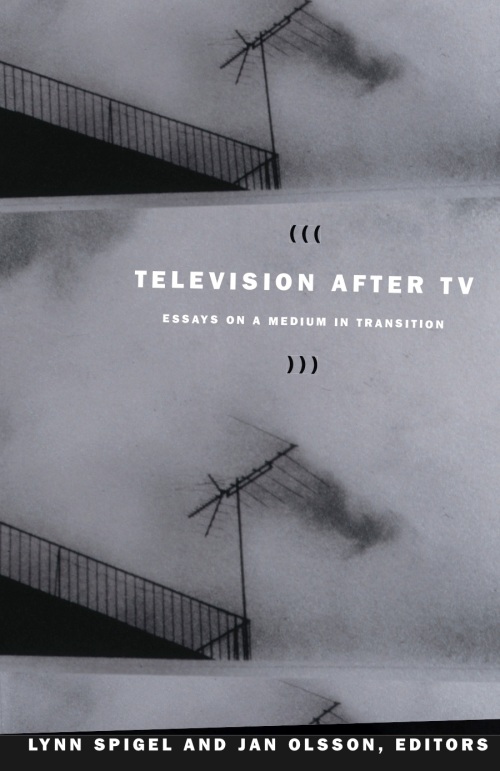
Abstract for Lynn Spigel’s keynote at “Cultural Distinctions Remediated: Beyond the High, the Low, and the Middle” (Leibniz University of Hannover, 15-17 December 2011):
Designer TV: Television and the Taste for Modernism in Mid-Century America
Lynn Spigel (Screen Cultures/Communication, Northwestern University)
This talk explores the history of television, modern design, and taste cultures in mid-century America. Television’s rise in mid-century America coincided with the boom in mid-century modern design, and the widespread idea among designers that “good design” (if made affordable to average consumers) could elevate American tastes. In the first period of television’s commercial rise TV was a virtual showroom for new trends in modern design, from graphic design to set design to furniture design to package design for products advertised on TV. Numerous leaders in graphic and industrial design (from Saul Bass to Ben Shahn to Charles and Ray Eames to Ronald Searle) all worked for the networks and helped to introduce TV audiences to these new forms of mid-century modernism. More than just a visual style, the aesthetics of modern design on television had broad industrial, national, political, and social dimensions. Television’s modern design aesthetic was integral to how mid-century publics would literally see the world and their place in it. At least in the view of some of the loftier marketers and designers for television, modern design would ultimately democratize taste, elevate the ‘masses,’ invigorate consumption, and re-design America itself as the leader of the modern world. Yet not all people shared the enthusiasm for avant-gardism on television or in design, and some viewers and industry workers protested the use of a mass medium for visual styles that they associated with the intellectual, “highbrow,” and (in some people’s minds) “communist” goals of democracy through design. This talk considers those broader concerns and explores how American tastes (and distastes) for modern art and design relate to the history of television as an aesthetic and cultural form.

